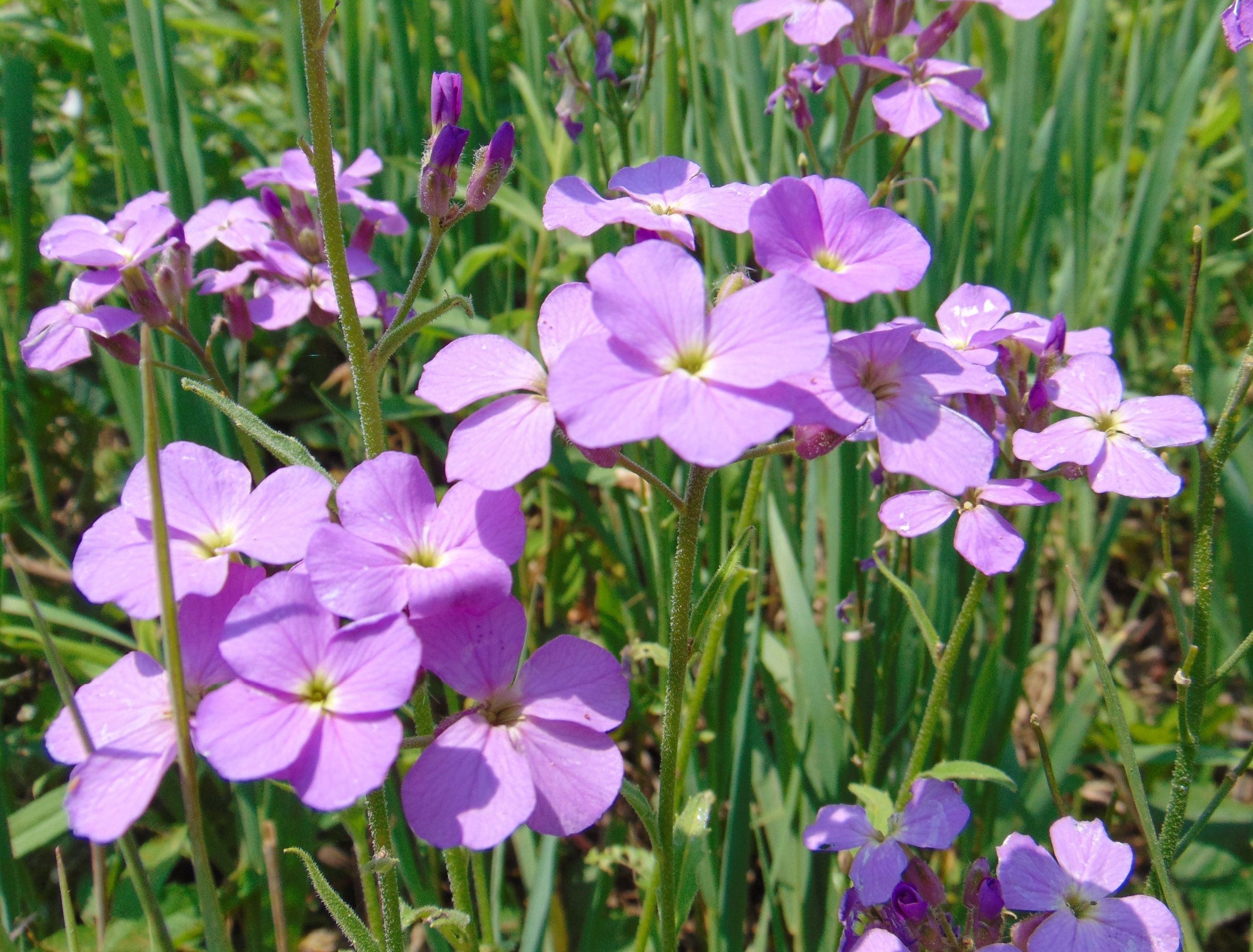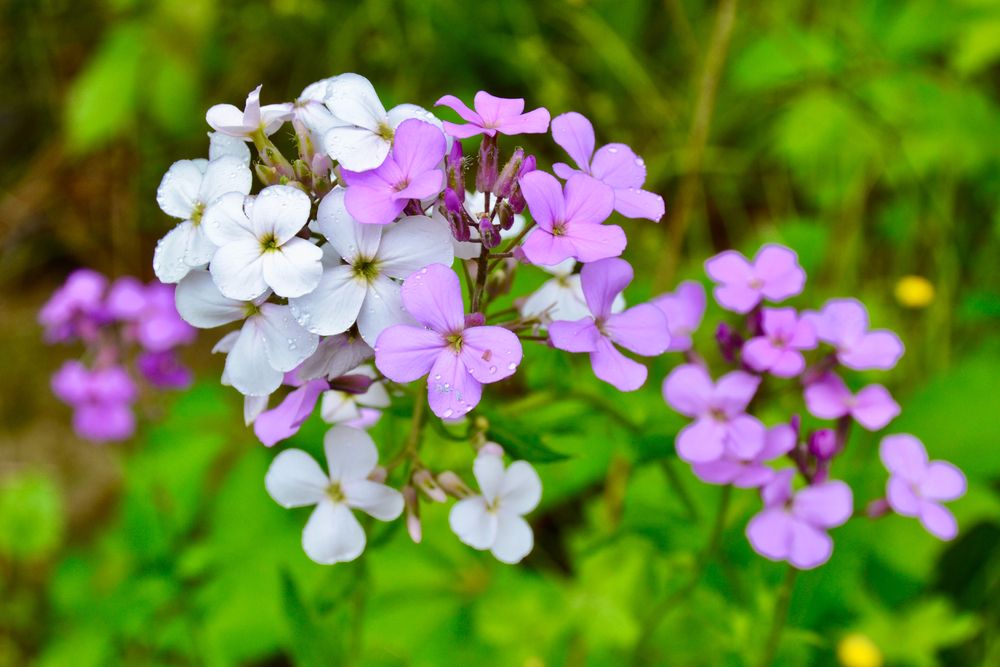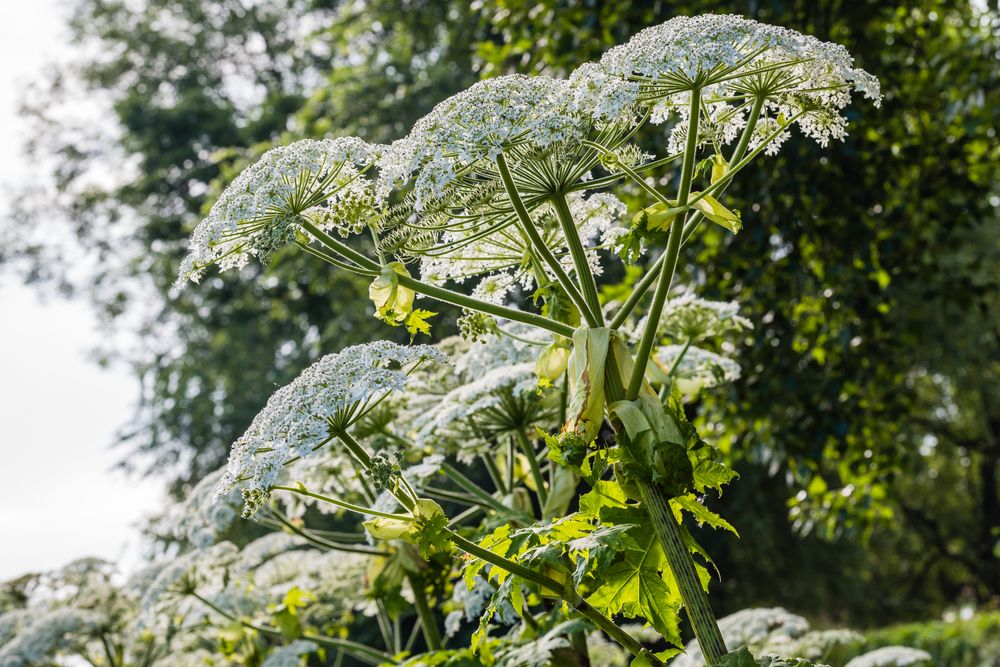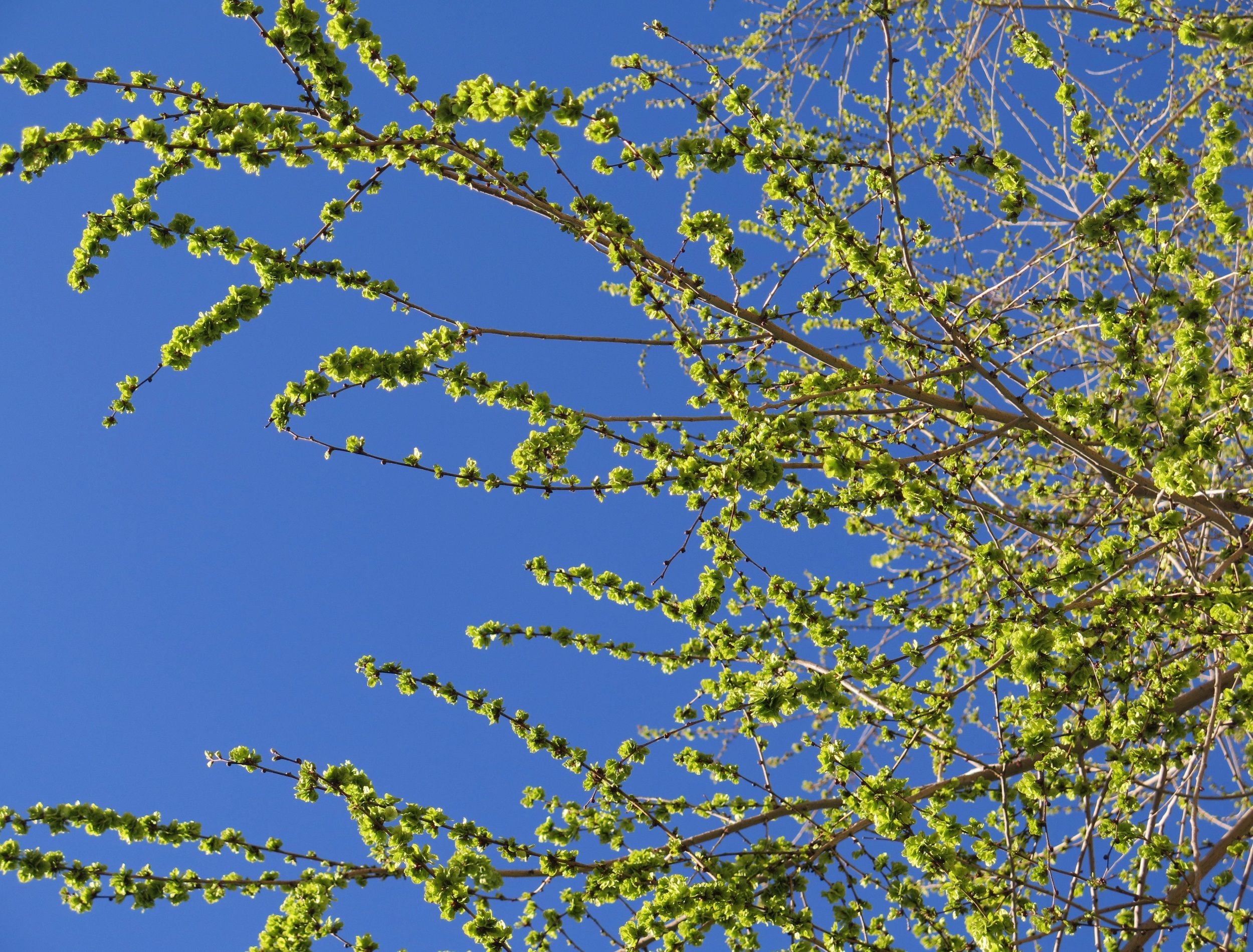The world of plants is vast and varied, with new species being discovered every day. While a lot of these different plants are beneficial, there are some that may cause issues if they end up in your garden or yard.
And even though many plant nurseries sell certain varieties, stay away from the ones classified as invasive plant species. These plants have the potential to take over an ecosystem and outcompete native vegetation, making them counterproductive to landscaping efforts you might be attempting.
Discover more about five invasive plants that you should avoid buying at the garden center!
English Ivy
Image credits: Jacques GAIMARD via Pixabay
When looking for a beautiful addition to your garden, English ivy might be the first thing that comes to mind. With its eye-catching shades of green and white variegation, it easily adds depth and texture to an outdoor space. Unfortunately, what many people don't realize is that this beloved species quickly takes over its environment if left unchecked.
English ivy quickly takes over and is known as an invasive plant. When present in the proper environment, it outcompetes native plants and disrupts the biodiversity of the area.
Before adding English Ivy to your garden, it is important to understand the consequences of its invasive nature. Research and ask experts about how to properly care for this plant in order to keep it from spreading. If you are still intent on adding English ivy, consider planting a native variety, like the Virginia creeper, which is better suited for backyard environments and won't result in an out-of-control infestation.
Dame's Rocket
Image credits: Chris Dale via Shutterstock
Though this perennial flower, scientifically known as Hesperis matronalis, may look like a lovely addition to your yard or garden, it rapidly spreads out of control and becomes a nuisance. The smell is powerful, and its roots are extremely hardy, meaning it is difficult to get rid of.
Dame's Rocket grows into wet woodlands and forests. Not only does it threaten native vegetation by crowding them out, but it also produces tons of seeds that further spread the problem. This means that if you buy this flower today, it may overrun your garden in no time!
If you're looking for a way to have beautiful floral decorations in your yard without having to worry about becoming an invasive destroyer, there is a great alternative available. Garden phlox is similar in look as Dame's Rocket, except more well-behaved when it comes to spreading.
Giant Hogweed
Image credits: Ruud Morijn Photographer via Shutterstock
As one of the most intimidating plants on this list, giant hogweed may cause severe skin burns in humans who come into contact with its sap. This plant is not the cute, friendly neighbor you want in your garden.
In addition, it grows over 15 feet tall if left unchecked, making it a formidable presence in a yard or park. Its bristly stems also sting painfully if touched. These facts make the giant hogweed an all-around no-no for a garden center shopper.
Overall, avoid giant hogweed at all costs because of its potential danger and environmental impact.
If you have giant hogweed on your property, don't touch it. Contact the proper channels in your municipality to dispose of it properly.
Siberian Elm
Image credits: otrammarieta via Shutterstock
The Siberian elm, (Ulmus pumila), is a large tree native to parts of northern Asia. It has become an increasingly popular ornamental tree because of its attractive foliage and fast growth rate. However, it is now considered one of the most invasive plants in prairies and stream banks throughout North America.
This deciduous tree grows quickly and reaches up to 70 feet tall. The leaves are dark green with serrated edges.
Despite its attractive features and fast growth, do not plant Siberian elms in gardens or near natural areas. It reproduces quickly and outcompetes native species for resources because of its high tolerance of drought, flooding, wind, and different soil types. This ability makes it difficult to manage, even with herbicides or pulling by hand. Once established, it forms dense thickets that spread rapidly and cause significant habitat destruction, which could lead to a loss of biodiversity.
Gardeners should avoid picking up this plant at the garden center as it has become increasingly problematic for natural ecosystems across North America. Instead, consider planting a native tree such as Basswood. It is just as attractive and provides valuable food and shelter for native wildlife.
Himalayan Blackberry
Image credits: KathrynHatashitaLee via Canva
If you're looking to spruce up your garden or add some new colors, the Himalayan blackberry might seem like an attractive option but beware. Its thick vines are thorny and produces juicy blackberry fruits. Unfortunately, this species of blackberry is incredibly invasive and rapidly takes over an outdoor space if left unchecked.
The Himalayan blackberry's roots spread easily and quickly, making it difficult to remove from gardens or parks once established. It is also a hardy plant, capable of surviving most attempts at eradication. If you're shopping for plants at the garden center, avoid this one and opt for alternatives such as Snowberry, Indian Plum, or Salmonberry instead.
Mind Your Plants!
Keeping invasive species of plants out of your garden and environment helps keep the ecosystem balanced. When shopping for plants, keep an eye out for species that could be potentially invasive. If you come across a plant on your next trip to the garden center that meets this criterion, it is best to avoid it altogether! Thinking ahead prevents problems later down the line, so whether you're just getting started as a gardening enthusiast or have been tending flower beds for years, choose wisely.
Leave a comment below if this post inspired you and don't forget to share with your family and friends too! Happy gardening everyone!






